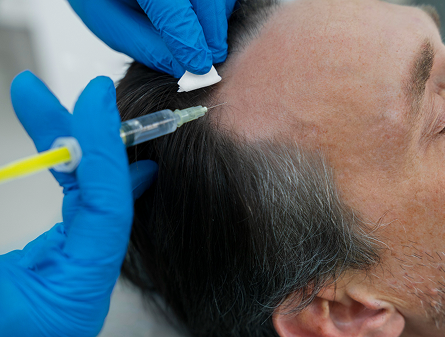Microneedling is a treatment that involves creating tiny punctures in the epidermis (top layer of the skin) with very small needles. By activating the natural healing properties of the skin, hair growth can be promoted on the scalp from dormant follicles. Hair loss shampoo can potentially help to regrow hair.
The effectiveness of hair loss shampoo as a treatment can depend on the ingredients used and if they can help with the cause of your hair loss. Microneedling is a minimally invasive treatment that can be performed at home or in a clinic.
Hair loss shampoo is an accessible and affordable treatment option but may not be as effective a solution for recovering hair growth. Discover the differences between microneedling and hair loss shampoo in the comparison table below.
- Microneedling consists of pricking the scalp with micro-needles to increase growth and product absorption.
- Unlike hair loss shampoo, it operates beneath the skin to encourage rejuvenation.
- Hair loss shampoo is used when washing to enhance scalp health and may help reduce shedding.
- Compared to microneedling, it doesn’t penetrate far below the scalp and typically only provides surface benefits.
- At-home tools cost around $30–$100, with occasional head replacements.
- More affordable long-term than frequent shampoo purchases.
- Hair loss shampoos cost around $10–$40 per bottle, and are used frequently.
- Unlike microneedling, they require ongoing replenishment.
- Microneedling is done weekly or fortnightly, requiring time and consistency for visible results.
- Results may show after 3–6 months of continued use.
- Hair loss shampoo is used multiple times per week during regular hair washing.
- Compared to microneedling, it’s quicker to apply but may take longer to deliver visible improvements.
- Microneedling uses a roller or pen to create micro-injuries on the scalp.
- The microneedles penetrate the top layer of the skin to promote collagen production and stimulate follicle activity.
- Hair loss shampoo is massaged into the scalp and rinsed after a few minutes.
- Unlike micro needling, it only touches the surface of the scalp and doesn’t penetrate very deeply.
- Microneedling is safe as long as tools are sterilised, but it can result in redness or irritation.
- Users must avoid infection by following aftercare steps.
- Shampoos for hair loss are generally tolerated well, but some products will irritate sensitive scalps.
- They have fewer potential risks than microneedling.
- Microneedling requires time and careful application, along with sterilisation and aftercare.
- Less practical than daily washing of hair.
- Hair loss shampoo is used during showering and can easily fit into daily grooming routines.
- Unlike microneedling, there is no setup or learning curve required.
- Microneedling tools are widely available online without a prescription.
- Accessible to anyone confident in DIY treatments.
- Hair loss shampoos are sold in pharmacies, supermarkets, and online across Australia.
- More accessible than microneedling due to cost and ease of use.
- Microneedling results are sustainable with consistent long-term use.
- Benefits fade if sessions are stopped for an extended period.
- Hair loss shampoo can reduce shedding, but results may be subtle or temporary.
- Compared to microneedling, results are often dependent on more frequent use.
- Microneedling enhances the penetration of topical solutions like minoxidil.
- Often part of a broader combination treatment routine.
- Hair loss shampoos can be combined with microneedling or medications.
- Unlike microneedling, they serve more as supportive care than a standalone solution.
- Microneedling appeals to users taking an active, hands-on approach to hair growth.
- It may suit users who like to manage semi-regular treatments.
- Hair loss shampoo is seen as simple and low-effort.
- Compared to microneedling, it feels easier and less intimidating for beginners.
- Microneedling prompts scalp revitalisation, collagen creation, and improved skin surface overall.
- Benefits the health of hair and skin.
- Shampoo for hair loss cleanses the scalp, calms irritation, and removes buildup.
- Unlike microneedling, it does not regenerate hair follicles directly under the scalp.
- Microneedling devices are reusable, with minor waste from needle head replacement.
- More environmentally friendly over time.
- Hair loss shampoo produces plastic waste from bottles and packaging.
- Compared to microneedling, it contributes more consistently to landfills.
Shop our hair solutions
We are committed to providing affordable hair regeneration services for people all over Australia. Our formula can help you regain your confidence.
Shop Now

Microneedling vs Shampoo Regrowth Solutions Comparison Summary
More research is required on the effectiveness of microneedling in treating hair loss, but studies have indicated that it can encourage hair regrowth. It can treat a range of hair loss conditions including alopecia areata and androgenic alopecia.
Hair loss shampoo can help to tackle various causes of hair loss depending on the active ingredients used including scalp health, inflammation, and hormones. Balancing the microflora on the scalp with a hair loss shampoo can help create a healthy environment for hair growth.
Microneedling sessions in a clinic can be a considerable investment since sessions are required once or twice weekly for the initial 3-4 month treatment period followed by top-up sessions to maintain the results.
At-home devices can offset this cost but are not as effective as clinical-grade derma rollers and may not provide regrowth for more advanced cases of hair loss. Hair loss shampoo is comparatively cheaper as a treatment but its effectiveness can vary depending on the quality of ingredients and may not be suitable in the treatment of extensive hair loss conditions.
User Guidance
Microneedling comes with some potential minor side effects which include redness, mild swelling, and flaking. If performed at home, microneedling can cause infection if the derma roller is not properly disinfected and improper application can cause damage to your scalp.
Hair loss shampoo can cause some side effects relating to your hormones depending on the formulation. Endocrine disruptors in hair loss shampoos can activate estrogen receptors and inhibit testosterone receptors causing an impact on breast growth. Microneedling works well with other hair-loss treatments in clinical settings like platelet-rich plasma (PRP) injections or at home with pharmacological medications like minoxidil.
Hair loss shampoo combinations require further research to determine the most effective pairings but it can complement treatments that target different causes of hair loss such as ketoconazole shampoo (a DHT blocker) and minoxidil (a vasodialtor).
Take Our Hair Loss Quiz to See Which Treatment Suits You?
Take A Hair Quiz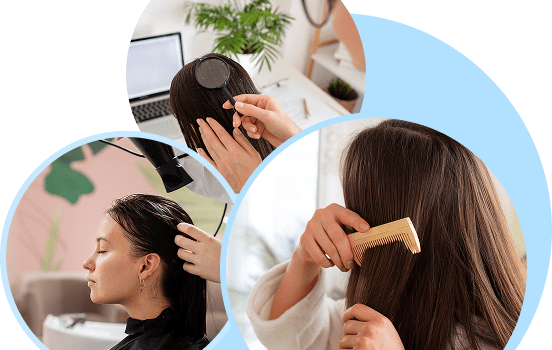
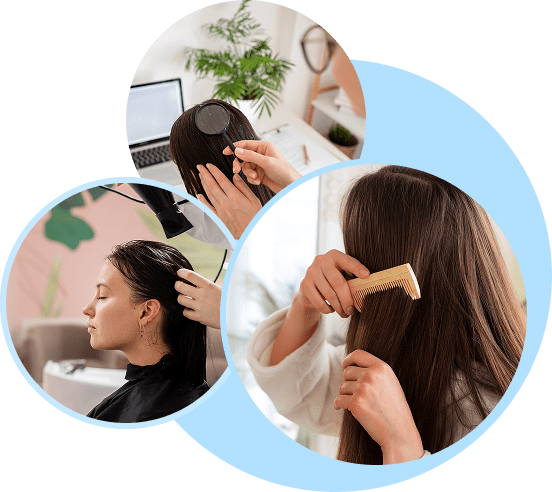
Frequently Asked Questions
We have put some commonly asked questions.
Nunc scelerisque tincidunt elit. Vestibulum non mi ipsum. Cras pretium suscipit tellus sit amet aliquet. Vestibulum maximus lacinia massa nontor.
Platelet-rich plasma (PRP) treatment involves drawing blood from the patient, isolating the beneficial nutrients and injecting it into the scalp where hair loss is occurring. This promotes hair growth and has many other applications from encouraging healing to skin rejuvenation.
Platelet-rich plasma (PRP) treatment involves drawing blood from the patient, isolating the beneficial nutrients and injecting it into the scalp where hair loss is occurring. This promotes hair growth and has many other applications from encouraging healing to skin rejuvenation.
Platelet-rich plasma (PRP) treatment involves drawing blood from the patient, isolating the beneficial nutrients and injecting it into the scalp where hair loss is occurring. This promotes hair growth and has many other applications from encouraging healing to skin rejuvenation.
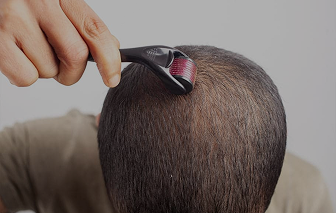
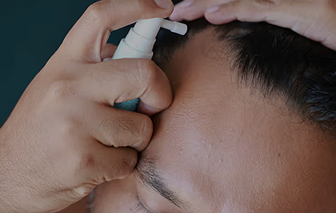



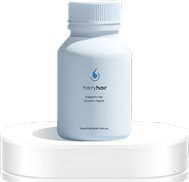
 See All
See All